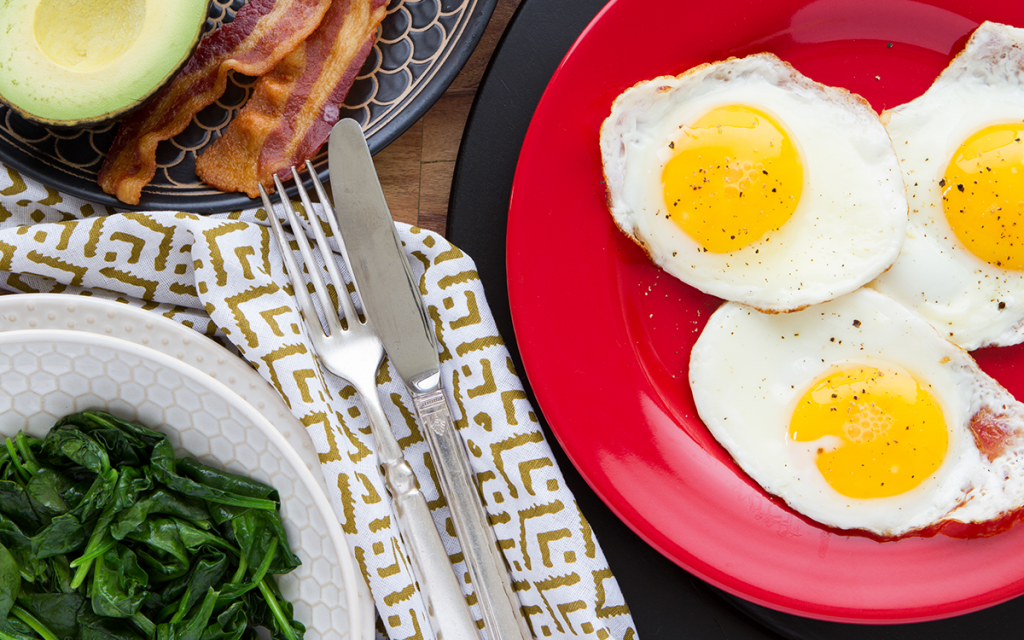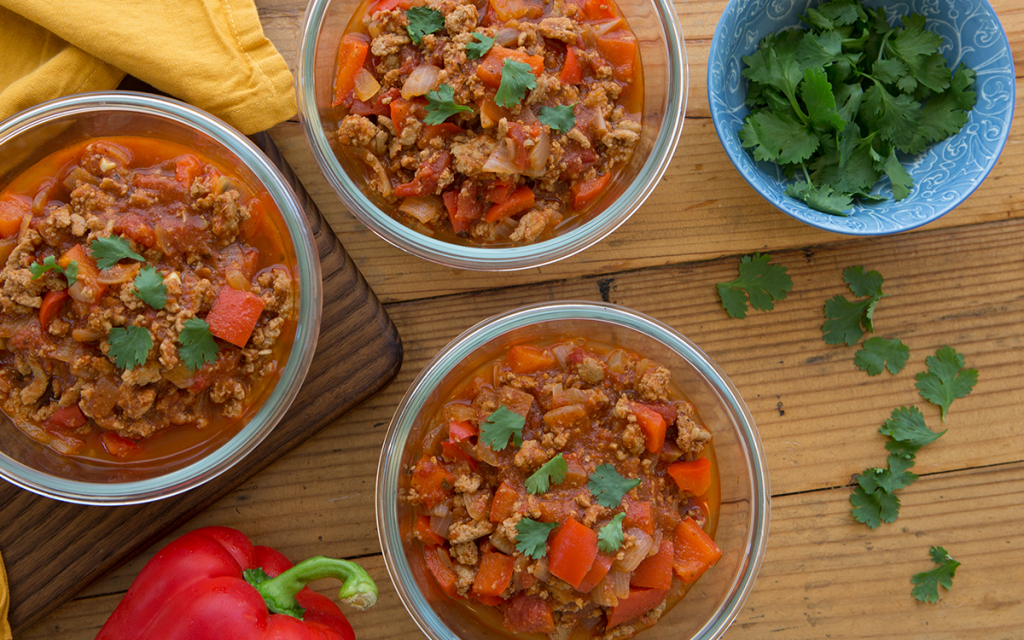Beginning a low-carb nutritional lifestyle is one of the most effective ways to lose weight. Despite the controversy that has surrounded low-carb dieting throughout the years, research has shown that cutting carbs is beneficial for blood sugar reduction, improved cholesterol levels, and visceral (belly) fat loss. The possibility of reaping these benefits is what draws so many people to the ketogenic and paleolithic diets.
Because each of these trendy diets leans toward clean, low-carb eating, many people are surprised to learn that there are a few key differences between the keto and paleo diets. While they seem to be pretty similar on the surface, each of these diets adheres to separate guidelines and philosophies.
Did you know: Mealplan has tons of paleo and keto-friendly recipes. Get your personalized nutrition program on Mealplan today.

The Keto Diet
The foundational goal of the keto diet is getting the body to transition into the metabolic state of ketosis. This can be achieved by reducing your carbohydrate intake and increasing your daily intake of healthy fats. When your body enters ketosis, it begins to burn fat for energy rather than carbs. This results in steady fat loss and reduced water retention.
Eating Keto
When most people think of the keto diet, they focus on its low-carb aspect. But, consuming a high amount of healthy fat on a regular basis is another essential rule of the keto diet. Eating keto requires strict macro-counting and the consumption of nutritious, whole foods. Most keto dieters consume:
- 60-80% of their calories from healthy fats
- 20-30% of their calories from protein sources
- 5-10% of their calories from carbohydrates
Healthy keto eating also requires the elimination of processed foods and added sugar. You should also avoid fruits that are high in carbs as well as starchy vegetables like potatoes and corn while on the keto diet. Here are a few of the foods you can enjoy on the keto diet:
- Meats including poultry, fish, beef, etc.
- Low-carb veggies like kale, spinach, and arugula
- Low-carb fruits like berries, avocados, and watermelon
- Dairy products (but watch out for added sugar)
- Low-carb nuts and seeds
- Eggs

The Paleo Diet
The paleo diet, also known as the “caveman diet,” is often mistaken for the keto diet. Much like the keto diet, the paleo diet encourages consuming healthy, whole foods and eliminating processed foods and added sugar as often as possible. Despite these similarities, the paleo diet focuses more on ideology rather than bodily functions like ketosis.
The key rationale behind the paleo diet is the theory that humans should move away from eating the processed junk foods of modern times and embrace the simplistic, whole foods that our paleolithic ancestors likely enjoyed. Avid followers of this dietary lifestyle consider this to be the most natural and healthy way to eat.
Eating Paleo
One of the key differences between eating paleo and eating keto is that the paleo diet doesn’t require macro-counting. While this diet tends to skew towards the low-carb side, there are no daily macro suggestions for the paleo diet. Instead, this lifestyle focuses on the idea of eating in a way that is similar to the way our ancestors ate before the advent of processed and fast food. Like the keto diet, the paleo diet discourages grains, processed sugars, and legumes.
Although dairy is a popular source of fat for keto dieters, most paleo dieters avoid it. Paleo dieters also embrace many of the high-carb vegetables and fruits that are prohibited by the keto diet. Here are a few of the foods that can be consumed while following the paleo diet:
- Unprocessed meats including poultry, fish, beef, etc.
- Vegetables, fruits, nuts, and seeds (no legumes)
- Healthy oils
- Eggs

Keto vs. Paleo: Which is Healthier?
There are pros and cons to both the keto diet and the paleo diet. Each of these diets offers its own benefits, so the best option for you is dependent on your body and personal wellness goals.
The good news is both of these nutritional lifestyles can be a healthy option if implemented correctly. No matter which eating lifestyle you choose to embrace, choosing healthy, whole foods over processed foods is always the best option for your overall health.
Ready to get your nutrition on track? Get your personalized eating plan on Mealplan.


